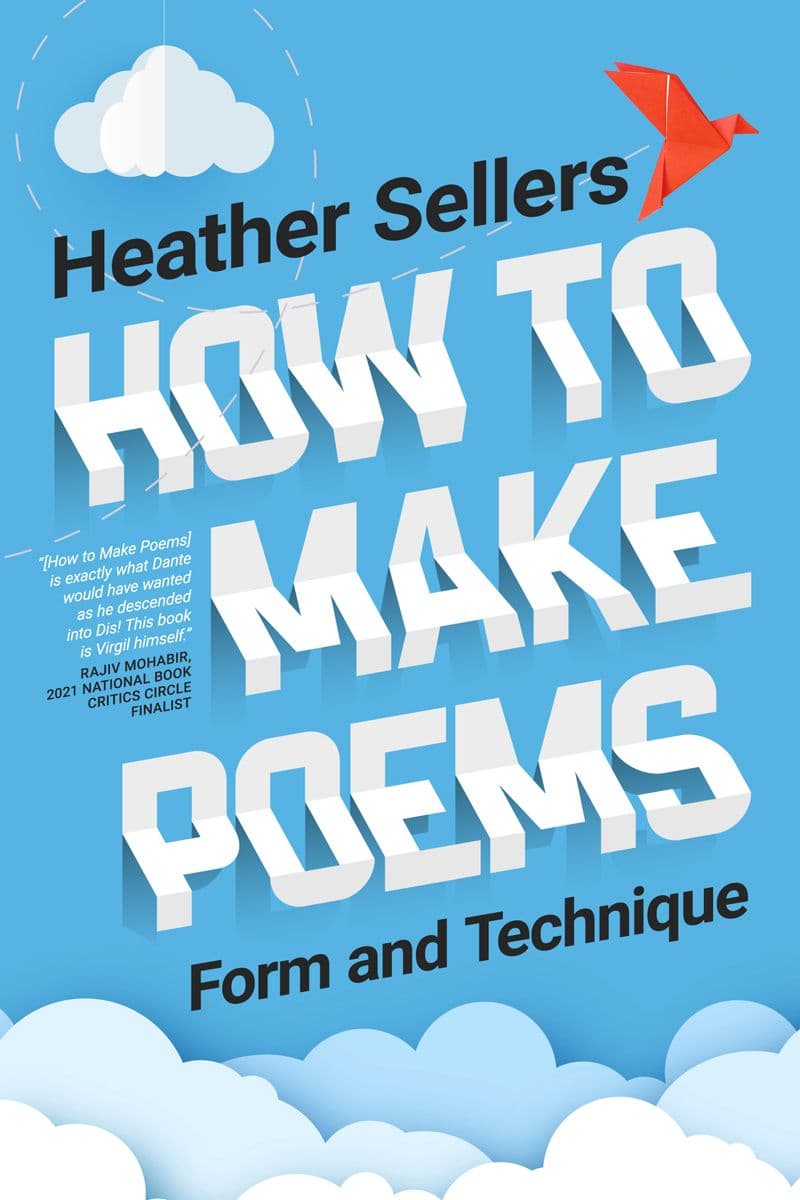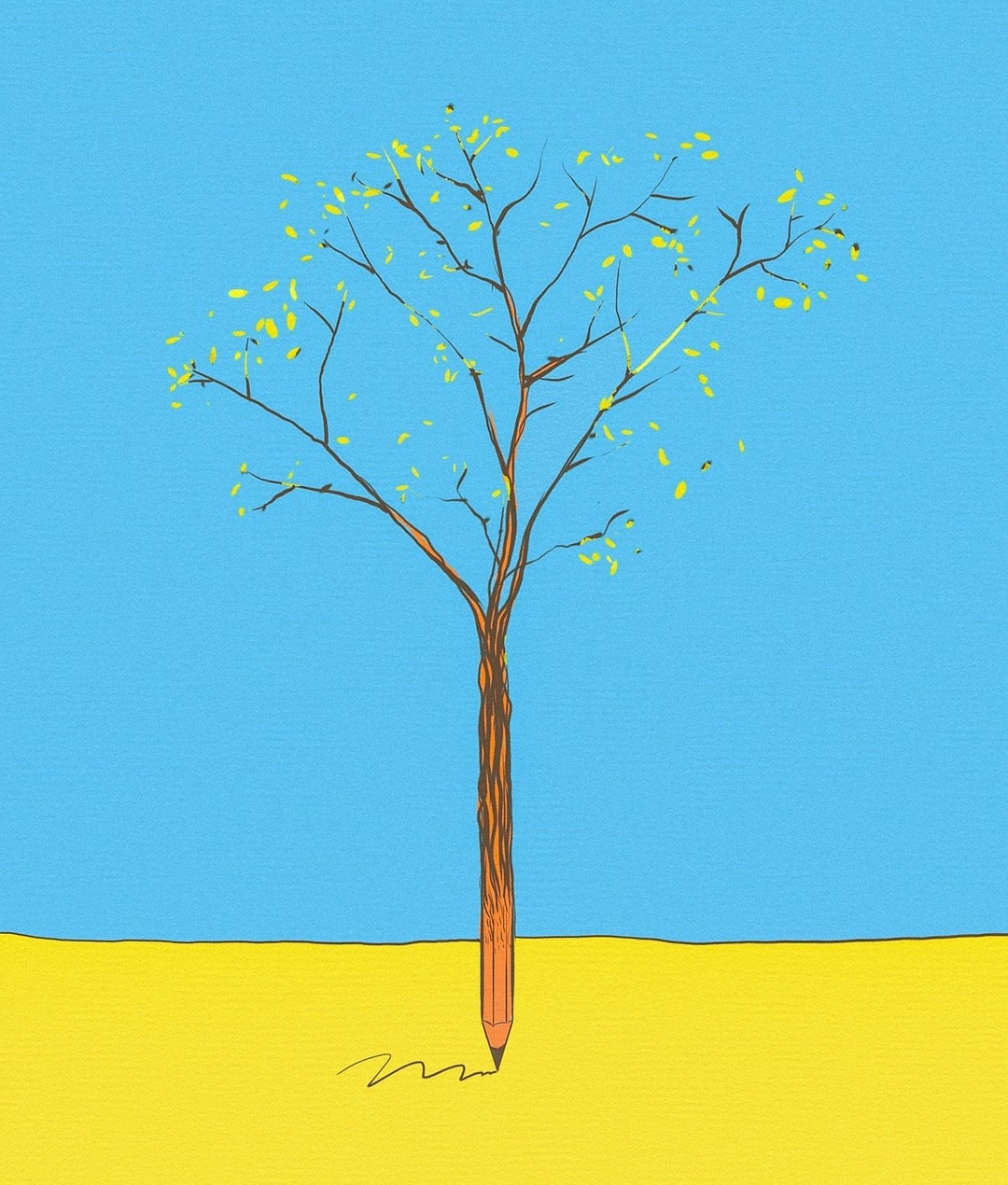
How to Make Poems: Form and Technique
Introducing general education students as well as English majors to creative writing, Heather Sellers’ How to Make Poems: Form and Technique offers an inspiring, lively, and straightforward new book on how to write effective poems.
How to Make Poems is aligned with the pedagogical needs of instructors charged with helping students learn the basic vocabulary and craft elements required to study and write poetry — form and technique. Sellers describes the process in just over 150 pages by using manageable, sequenced modules, ensuring students are writing poems—and experiencing success—right away.
This poetry handbook is written especially for and directly to today’s college students, a new generation of learners. The students before us are well-intentioned, socially aware, engaged, and they are expecting—demanding—readings that are whole-heartedly representative in terms of race and gender. They also expect brevity (“tldr”) and clarity and resist an overly formal voice and tone.
Thus, How to Make Poems: Form and Technique is designed to reel in students with its clear and casual approach, delicious new poems by global poets, and interesting, accessible, no-fail writing prompts; teachers will find a streamlined yet robust book they can lead with confidence, face-to-face or online.

How to Make Poems: Form and Technique
Introducing general education students as well as English majors to creative writing, Heather Sellers’ How to Make Poems: Form and Technique offers an inspiring, lively, and straightforward new book on how to write effective poems.
How to Make Poems is aligned with the pedagogical needs of instructors charged with helping students learn the basic vocabulary and craft elements required to study and write poetry — form and technique. Sellers describes the process in just over 150 pages by using manageable, sequenced modules, ensuring students are writing poems—and experiencing success—right away.
This poetry handbook is written especially for and directly to today’s college students, a new generation of learners. The students before us are well-intentioned, socially aware, engaged, and they are expecting—demanding—readings that are whole-heartedly representative in terms of race and gender. They also expect brevity (“tldr”) and clarity and resist an overly formal voice and tone.
Thus, How to Make Poems: Form and Technique is designed to reel in students with its clear and casual approach, delicious new poems by global poets, and interesting, accessible, no-fail writing prompts; teachers will find a streamlined yet robust book they can lead with confidence, face-to-face or online.
Now Available!
ISBN: 979-8-9858492-8-8 – VitalSource Digital-Only – $29
Table of Contents
PART ONE: Introduction to Poetry
Chapter 1: What is Poetry For?
Chapter 2: Tips for Poetic Success
Chapter 3: Poetic Forms and Poetic Techniques
Chapter 4: Foundational Techniques for Reading and Writing Poetry
PART TWO: Open Forms and Closed Forms
Section One: Open Forms
Chapter 5: The ABC Poem
Chapter 6: The Ode
Chapter 7: The List Poem
Chapter 8: The Apostrophe and the Epistle
Chapter 9: The Elegy
Chapter 10: The Cento
Section Two: Closed Forms
Chapter 11: The Ghazal
Chapter 12: The Villanelle
Chapter 13: The Pantoum
Chapter 14: The Triolet
Chapter 15: The Sonnets
Chapter 16: The Sestina
PART THREE: Poetry in the World
Chapter 17: Building Your Audience
Chapter 18: Revision Versus Editing
Chapter 19: Poetry Communities
Request Free Access
This upcoming title will be available on VitalSource’s digital, interactive platform, Bookshelf, which offers the following features:
- LMS single-sign on capabilities.
- Online and offline access.
- A full suite of study tools (highlighting, note-taking, bookmarks, flashcards, etc.).
- Chapter quizzes available for easy upload to any LMS.
- Inclusive Access/First Day eligibility.
- Full compatibility with Section 508 Accessibility Standards.


